Android has been around for nearly a decade already and a lot has changed since the beginning. What started as just one simple phone has become a powerhouse on countless devices and form factors. The history of Android is a very interesting story. You might think you know everything there is to know about Android, but we’ve got 10 things you probably didn’t know. Check it out!
Google did not create Android
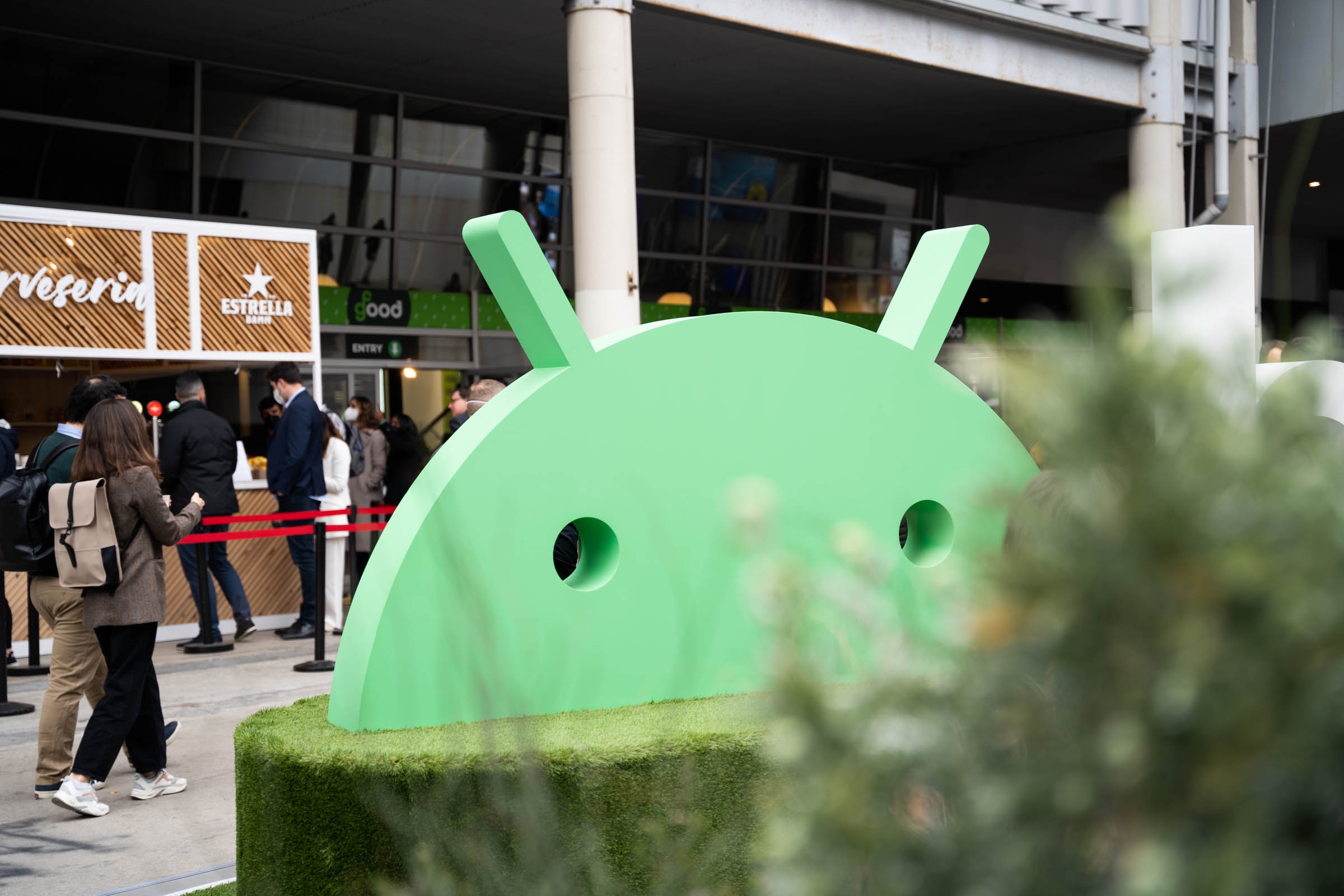
Nowadays Google and Android are synonymous with each other, but you may be surprised to find out that was not always the case. Android was founded in 2003 by Andy Rubin, Rich Miner, Nick Sears, and Chris White. The founders had strong ties to T-Mobile. Andy Rubin created the ultra-popular T-Mobile Sidekick, and Nick Sears was vice president at T-Mobile. So you can see why T-Mobile landed the first Android phone.
It wasn’t until 2005 that Google acquired Android Inc. Rubin, Miner, and White all stayed with Android through the acquisition. Together they developed what we now know as the Android OS. In fact Rubin’s nickname is where the name “Android” came from. Many people consider Android to be one of Google’s best acquisitions. 10 years after the acquisition Android has ballooned to control 85% of the smartphone OS market share.
Many critics felt Android would fail miserably
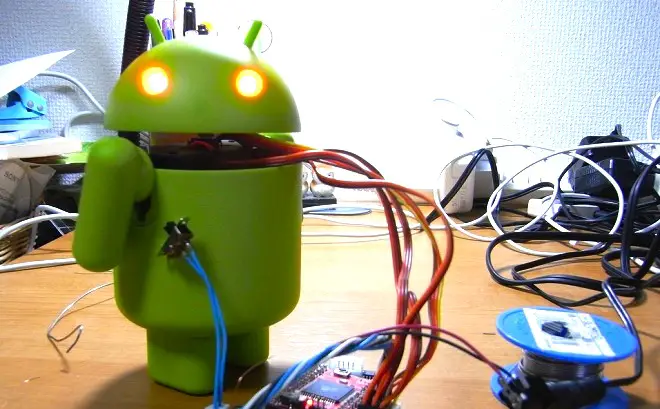
Android is nearly universally praised nowadays, but back in the day critics were a lot more skeptical. At the time of Android’s emergence the iPhone was fresh and Microsoft and Blackberry were leading the way in smartphones. The idea of a web search and email company making phones didn’t seem like a slam dunk.
In late 2008 during a round-table discussion about mobile the question was asked “we have to talk about Android, right?” A member from Pandora adamantly responded “Why? Why do we have to talk about Android – nobody cares.” Obviously Pandora eventually wised up and created an Android app.
Check out this comment from a Wired article that named the G1 one of 2008’s worst cell phones. “The G1’s unveiling was a lot like the Bigfoot press conference — a long, awkward presentation that left a lot of people confused and/or disappointed. The handset poised to out-iPhone the iPhone had a laundry list of hardware letdowns: bulky, unattractive, and saddled with yet another proprietary headphone jack.”
The first Android prototype looked like a Blackberry
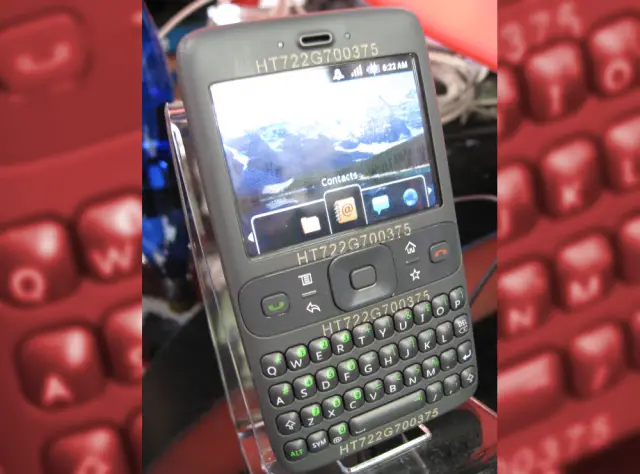
Many people believe that if it wasn’t for the iPhone the first Android device would have looked drastically different. In 2007, before Apple showed off the original iPhone, the first Android prototype was floating around. The device called “Sooner” had a portrait keyboard, call and end buttons, track pad, and no touchscreen. The Android UI even resembled the Blackberry interface.
Then the iPhone was announced. It had no physical keyboard, a big display for the time, and a revolutionary touchscreen interface. The next Android device we saw after that, the T-Mobile G1, also had a big display and a touchscreen interface. The Blackberry-esque prototype never came to market. We can’t say for certain that the iPhone had any effect on Google’s vision for Android, but it wouldn’t be out of the question.
Android 1.0 and 1.1 were not named after desserts
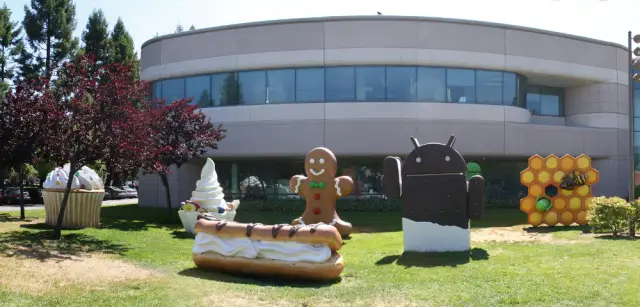
For a long time Google has been nicknaming new versions of Android with desserts. At the time of this article we are at Android 5.0 “Lollipop,’ and before that it was KitKat, Jelly Bean, Ice Cream Sandwich, and so on. Android fans are always trying to predict what the next name will be. Google even got in on the fun with this teaser video for Android 5.0.
https://www.youtube.com/watch?v=AlEE3hXJe5o
What you may not know is the first couple versions of Android were not named after desserts. Android 1.0 was sometimes called “Alpha” or “Astro Boy.” Android 1.1 kind has a dessert name, but not in the order that we know today. It was known internally as “Petit Four,” which is a small French appetizer. Android 1.5 “Cupcake” was the first version to have an official dessert nickname.
The “A” and “B” dessert names for Android 1.0 and 1.1 will never be known. If we had to guess which names they would have used we would go with “Apple Pie” and “Banana Split.” What would you guess?
Android 3.0 is the only version to never run on phones
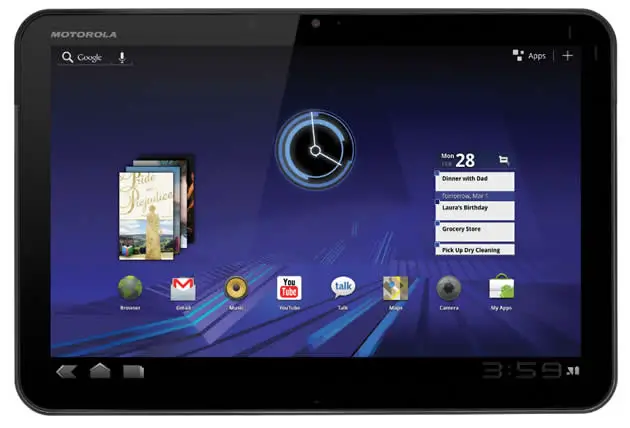
In 2015 we know that Android is built to run on many different types of devices. Android 5.0 can run on phones, tablets, watches, cars, and TVs. That hasn’t always been the case. In 2010 the world got tablet fever when Apple announced the original iPad. Android manufacturers wanted to cash in on the tablet frenzy, but Android was only made for phones at that time.
Samsung had some luck using Android 2.3 Gingerbread on the mid-sized Galaxy Tab 7.0, but if Android was going to compete with the 10-inch iPad it needed some major work. At CES 2011 the world got its first look at Android 3.0 Honeycomb on the Motorola XOOM. It had a completely redesigned interface made especially for tablets.
If there is an Android version that can be called a failure it would be Honeycomb. Every manufacturer on the face of the Earth was making Android tablets, but they were expensive and lacked apps. Google eventually scrapped Honeycomb and built future versions of Android to work on all screen sizes. One of the lasting features of Honeycomb is the virtual nav buttons we still use today.
The first Android device didn’t even have a virtual keyboard or 3.5mm headset jack
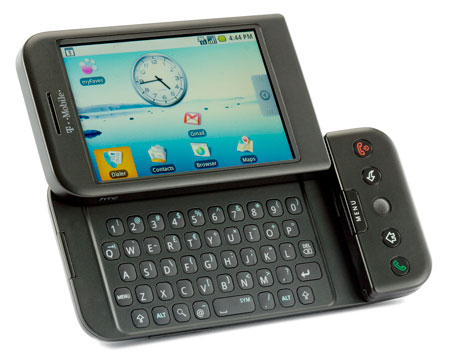
If you would go back to 2008 and tell the world that nearly all phones in the future won’t have physical keyboards you would be laughed out of the building. At that time the most popular phone was a Blackberry, which of course has an iconic keyboard. The idea of a device without a keyboard didn’t become popular until the original iPhone, but even then there were many skeptics.
Even the first Android device, the T-Mobile G1, came with a slide-out physical keyboard, but you might be more surprised to learn what it didn’t have. The G1 shipped with Android 1.1 and no virtual keyboard. You had to use the physical keyboard to type, which meant you couldn’t do any one-handed typing. The G1 finally got a virtual keyboard six months later with Android 1.5.
The other thing the G1 didn’t have could not be fixed with a software update. HTC inexplicably did not include a traditional 3.5mm headphone jack in the G1. Instead, it came with a proprietary adapter you had to use. This was a common complaint in reviews for the G1.
Android got Google’s CEO kicked off Apple’s board
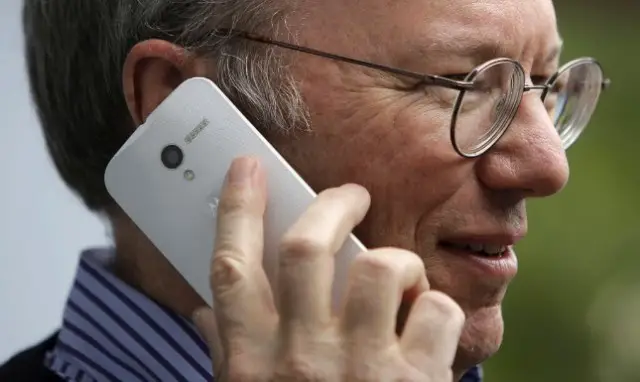
The relationship between Google and Apple hasn’t always been so strained. The iPhone used to come with Google Maps and YouTube apps. Over time as competition between iOS and Android has picked up the companies have become not so friendly. This was most evident in 2009 when Google CEO Eric Schmidt was forced to resign from Apple’s board of directors. Steve Jobs had this to say:
“Unfortunately, as Google enters more of Apple’s core businesses, with Android and now Chrome OS, Eric’s effectiveness as an Apple board member will be significantly diminished, since he will have to recuse himself from even larger portions of our meetings due to potential conflicts of interest.”
You can imagine there were a lot of sensational headlines about this story, but it makes a lot of sense. What good is a board member that can’t be present at meetings due to a conflict of interest?
WebOS could have destroyed Android, but…
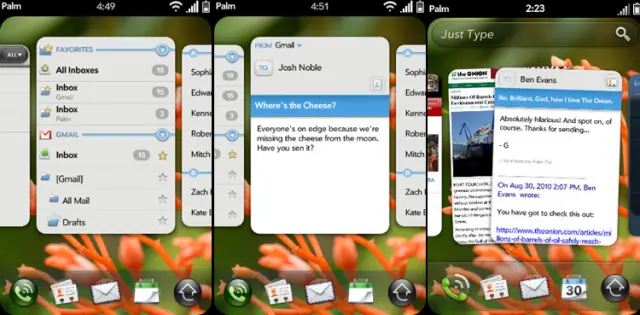
As we’ve already gone over, people were a bit skeptical of Android at the beginning. WebOS, on the other hand, was universally praised and adored when it was announced. At that time there were very few Android devices in the world. By the time WebOS launched Android 1.5 was still fresh and no one had heard of the Motorola DROID.
The timing was perfect for WebOS to stomp out Android and be the true contender to iOS, at least that’s what the critics thought. It could have happened if it wasn’t for some strange decisions by Palm. They launched the first WebOS device on Sprint instead of one of the big carriers, and the marketing campaign was very strange. Still, the Palm Pre sold very well the first month, but dropped off majorly after that.
A couple of months later Verizon announced the Motorola DROID and Apple was onto to the iPhone 3GS. Palm and WebOS fizzled out, Google continued to improve Android, and now it’s a mobile powerhouse. Google even hired the designer of WebOS, Matias Duarte, to improve Android’s interface and design.
Sony made the first Android smartwatch in 2010
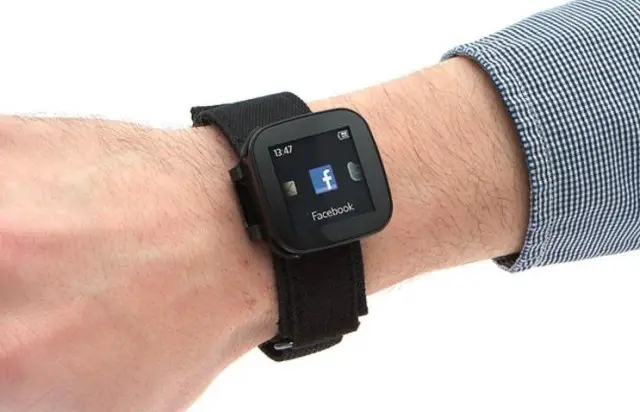
In 2014 Google announced Android Wear, a special version of Android for smartwatches. Since then we’ve seen a bunch of Android smartwatches flood the market. You might think that these are the first Android smartwatches to be made, but one company beat everyone to the punch.
Way back in 2010 Sony (Ericsson) launched the LiveView watch. It connected to Android phones to display Twitter feeds, RSS feeds, SMS, and control the phone’s media player. In 2013 Sony launched the SmartWatch 2 with many of the same features. It wasn’t until this time that Samsung launched their first Android smartwatch. Sony had everyone beat.
Phandroid is the first Android-focused website in the world
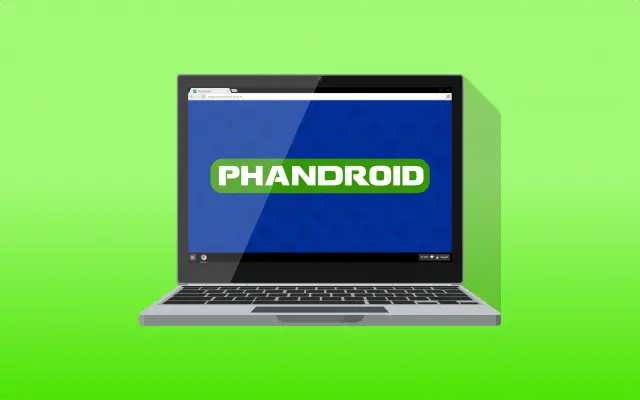
On November 5th 2007 Google officially announced Android. On that very same day, the first post on Phandroid.com was published. We’ve been reporting on Android news for over 7 years. Wired.com even wrote a short article about Phandroid, saying “Android already has Phandroids.”
Here’s a rough look at what Phandroid looked like back then. The site has changed a lot over the years, but one thing hasn’t: our dedication to Android. No one has been doing this longer than us and we plan on keeping it that way. Whether you’ve been here since the beginning or just started reading we hope you stick around to see what else Android has to offer.
***
Did you know all of these things? What was the first Android device you owned? What version of Android did it run? Share your Android stories with us below!

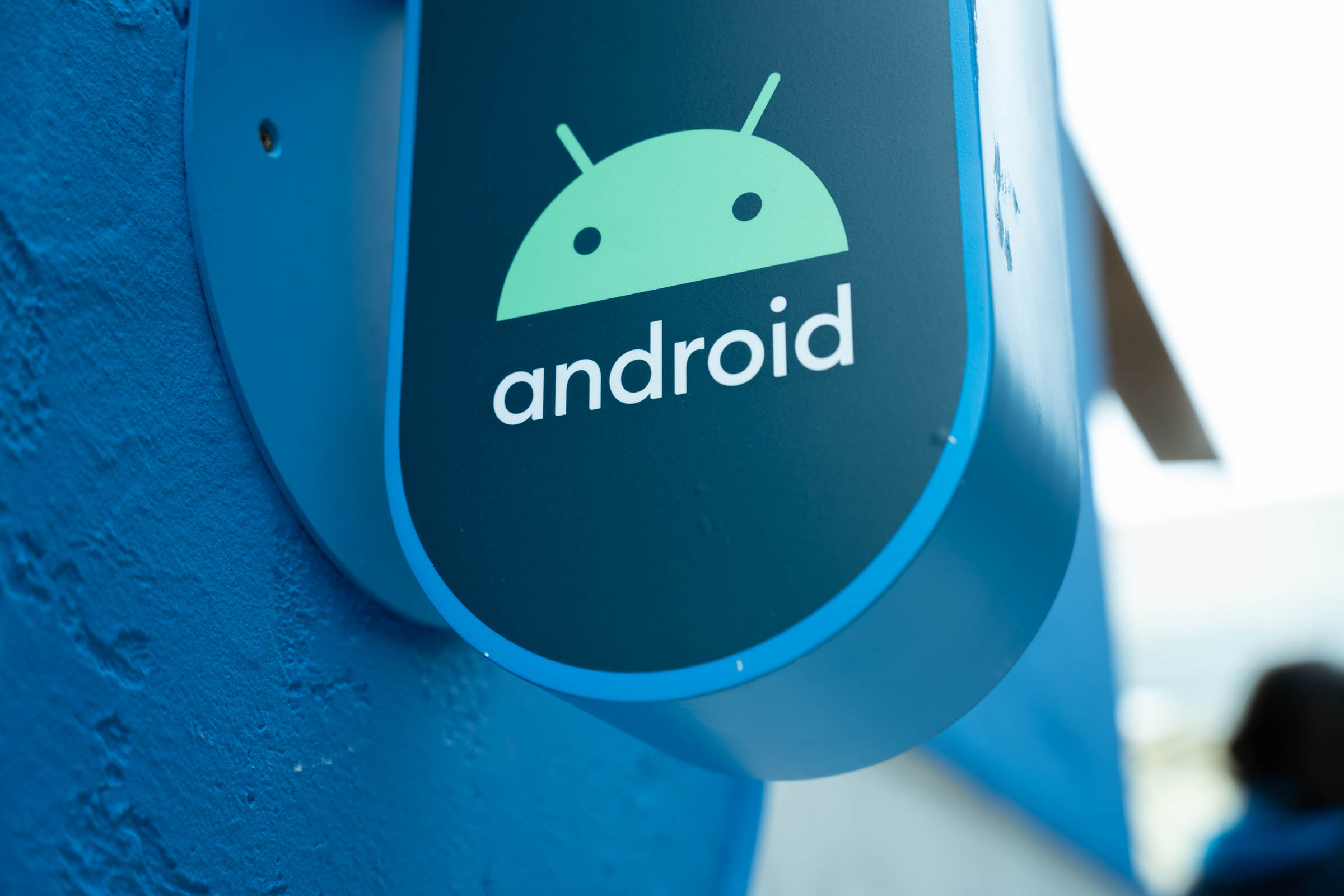

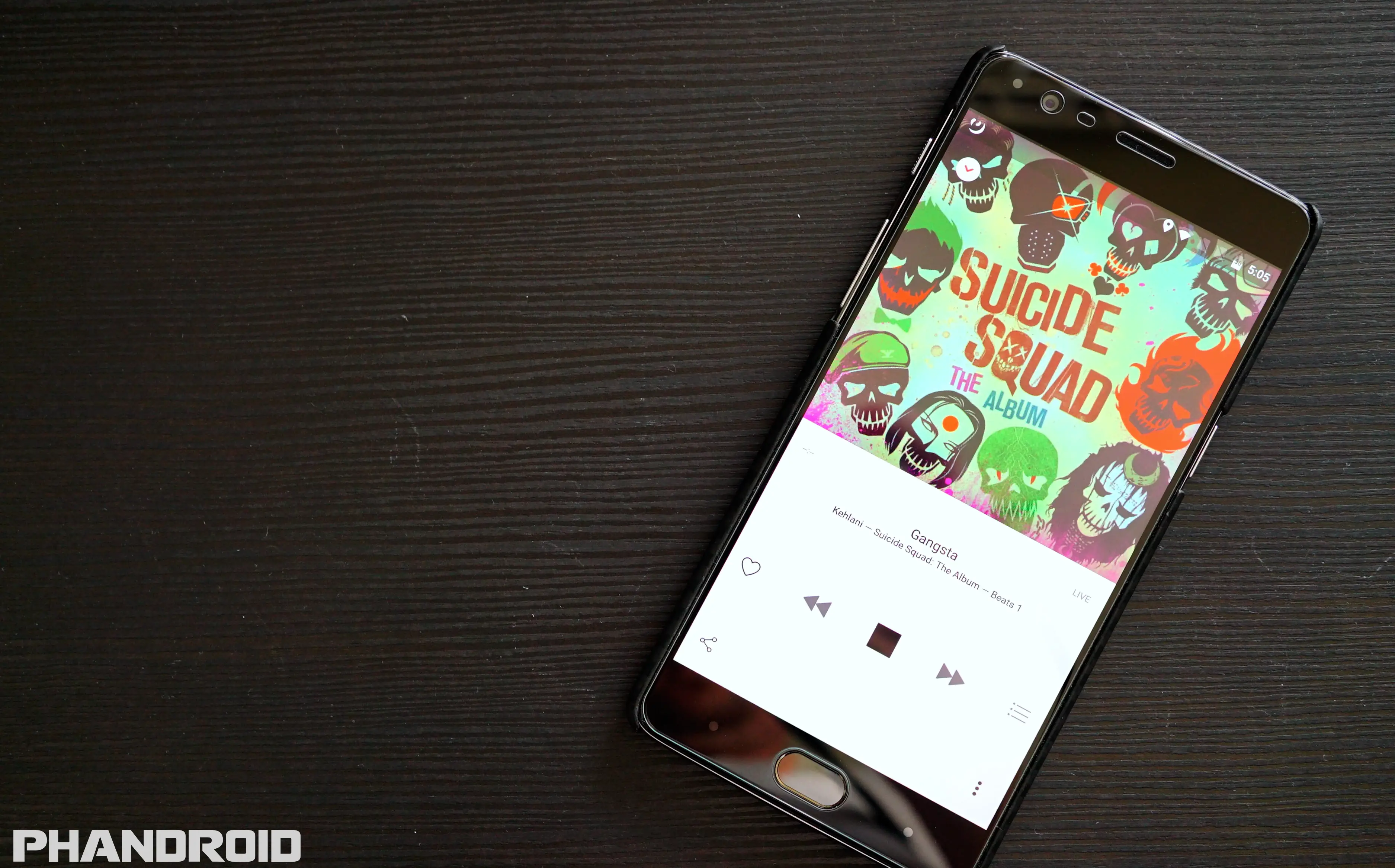
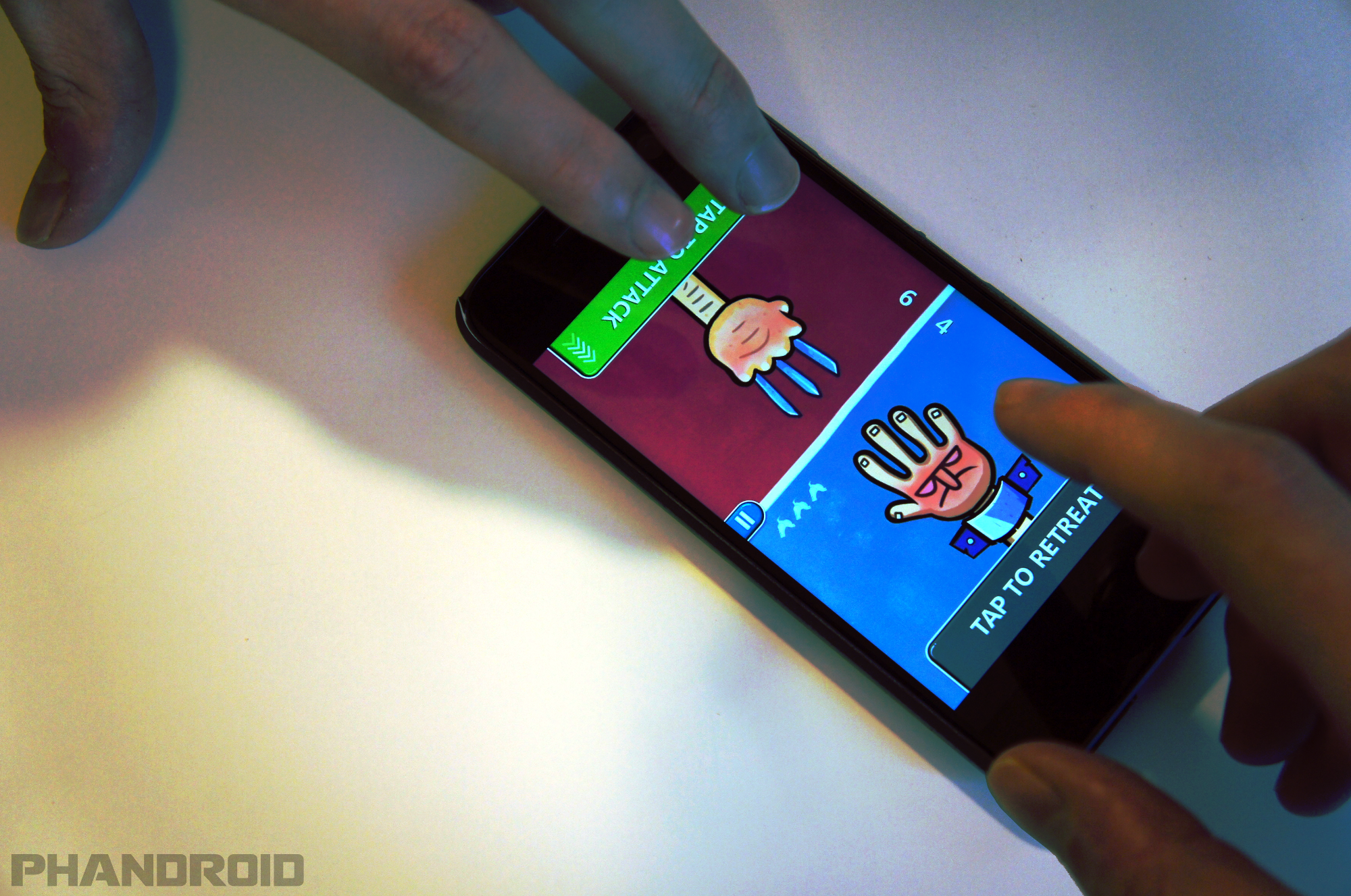
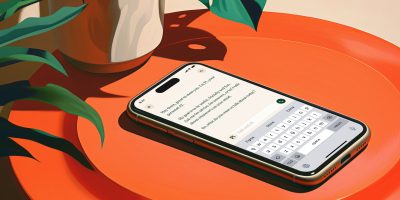


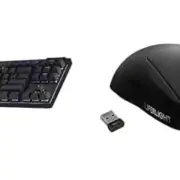
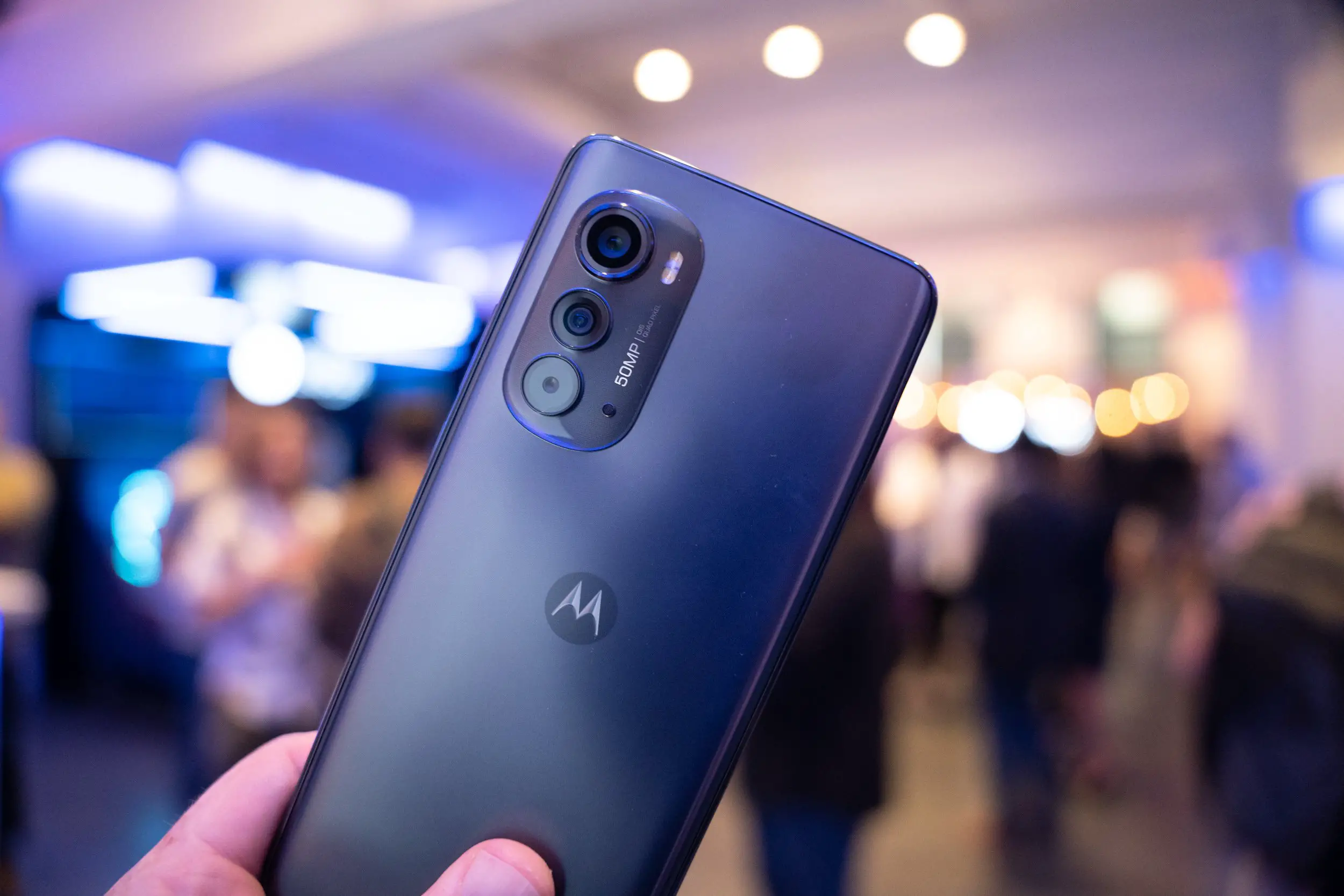
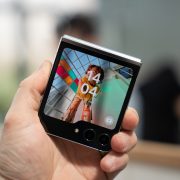

In regard to #2, people thought the iPad would fail too. ‘Oh, it’s just a big iPod Touch. It’ll never sell …’ They said the same thing about the Nintendo Wii. Well, not about it being a big iPod Touch, but you know what I mean :)
As such, I don’t take anything that geeks and analysts say very seriously when it comes to what will succeed and what won’t with the mainstream. Sometimes they’re right (such as with Windows 8/RT), and sometimes they’re not.
Windows 8 was the fastest selling OS of all time.
HTC Magic/T-Mobile MyTouch
Honeycomb absolutely ran on a phone. Andy showed it to Mossberg on a videotaped interview you can still find, where he promised that it was coming to both phones and tablets.
Prior to its release, one of the developers was showing it off in androidforums.com complete with screen shots, under the hood details and discussion.
The decision to pull it was political, not technical. The idea that ICS married Gingerbread and Honeycomb was made up by blog writers – Honeycomb was already there.
Another key feature of Honeycomb that survives today changed the user experience every bit as much as you might expect – usb to pc communication with MTP.
I’ll stop there lol.
“
109 surprising Android facts…”rotflmao – Number 10 – Honeycomb was designed to run on phones as well as tablets. :-D
Was never officially released on phones.
It’s far too late to apologize now.
What was the name of this phone? Could you buy it in a store? That was my point.
Your point seemed to be that Honeycomb was a failure.
It’s true that it was the first Android to feature a tablet UI – but it was the first Android that had codebase support for both UIs – not ICS.
And if your point was that it was not released on something you could buy in a store, then allow me to suggest that that would be the real story.
The Xoom put Android tablets on the map and moved us out of the predominately one-off Android tablets, that prior was resplendent with resistive screens and stylii.
Add up dual-device codebase, navbar, MTP, Holo UI (thanks Derek) and Honeycomb is not the failure you claim.
Allow me to quote you – “Google eventually scrapped Honeycomb and built future versions of Android to work on all screen sizes.”
That’s simply false because it implies that only future versions had that. Google’s Honeycomb version was built to work on all screen sizes.
It simply was pulled back and not fielded.
That’s a huge difference unless you want to argue with what the meaning of is, is. :-D
And in point of fact, what Honeycomb did Google build – because I seem to recall the battle cry at the time was, “The Xoom IS the tablet Nexus” so the answer is none. As mentioned by *every* blog in the land if I’m not mistaken. And either way – Motorola built the Xoom and it was called the Xoom – not the Nexus T.
Who’s fault was it that it was not available on phones?
It worked. Andy had it on his phone and showed it to Mossberg.
IMHO, the biggest failure of Honeycomb was that it made the version numbering seem very messy. We had all of those 2.x versions, then 3, then very quickly on to 4. I realize that there’s no actual substance or reasoning to that line of thought, and they certainly won’t “run out of numbers,” but the OCD sufferer in me just doesn’t like that aspect one bit.
Don’t forget the Holographic UI which debuted on Honeycomb. Holo UI is used on more Android devices and in more applications than Material Design. Google might have moved beyond it, but most of Android is still using it to this day.
A whole thread full of Phandroid staffers talking… Don’t you guys have an office or something where you can talk to each other??? (just kidding ;)
They’re staffers. They talk to one another. I’m simply a Disqus janitor here. :-)
I actually made a much less detailed post about this as soon as I read the article before I read this post. I’m glad I’m not the only one who disagreed with this “fact”
Wow.. Read came a long way
WebOS was really amazing. I hate to admit it but I think if it had not been sold on 100% proprietary hardware and marketed the way it was, that it would have beat Android & iOS.
WebOS’ problem was that it used cheap and slow hardware. I had the palm pre and loved it the day that i got it. However the thing lagged like the menus on a smart TV, had horrible battery life, and was cheaply made. I had to over clock it to cut down on lag and that would result in my battery life depleting by lunch time. It also only had about 14 apps after its first year. WebOS actually drove me to Android and the original Evo 4G mid-contract because i couldn’t wait to give up that palm pre. Loved the Design of the UI and the multi tasking, but i hated the actual quality of the phone.
Yeah, Verizon with the original Droid really gave Android the boost it needed. WebOs on the lamest network couldn’t compete with that.
Was expecting to see at least one fact that I didn’t already know.
Well for the longest time the first Android prototype copied the iPhone according to most blogs. Not that that makes it true.
Then came the Oracle trial and the resurgence of the Crackberry-like device being first.
In earlier years it was said that they prototyped and tested all three form factors before settling on the slider.
You SIr remember all the stuff very well. I cannot disagree with a single fact in your posts. I knew them too, but wouldn’t be able to line them up so accurately. You must be another tech writer, or something. Thanks!
[Oracle is what I do from 9 to 5 (sometimes late at night too), and the story with Android case is a shameful page in this relationship].
Thanks! Nope, not a tech writer, I’ve simply worked in semiconductor R&D and build systems. I just like Android so I try to keep up. :-)
‘vote and win an iPhone’. Ha! So much for the early days of Phandroid :)
Hilarious isn’t it? :-D
You have to give Google credit for Androids success if it was M$ that would have bought android it would have been shelved and crapped on.
Don’t assume such stupid things. Don’t act as if you know how businesses work.
HTC Hero, HTC EVO, Samsung Galaxy1, HTC EVO 3d, Nexus S 4g, HTC EVO Lte, Galaxy Nexus, Nexus 5, Nexus 6. Tablets: Notion Ink Adam, Motorola Xoom, Nexus 7, Nexus 7 2013
I enjoyed the article for what it was… Most of the facts are black and white and some are up for speculation… but I like the fact that Joe was coming out with an article with information that some didn’t know and was not just a regurgitation of another article online about a leaked picture.
Agree completely, this will go down as one of my favorites.
Yes. Because I wasn’t aware of a lot of this! Guess I’m a “late” tech bloomer…
Knew most of them.
Andorid 1.0 and 1.1 was Alpha and Beta.
You got there before me, not just me that thought that then. Actually come to think of it, that’s what it says on Wikipedia.
The story I heard was that they were going to try for names of androids, which is where the Alpha Boy thing came from, but by ‘C’, they realized that it would be sustainability issues. There might not be enough names available, and the ones that were would be difficult or impossible to get the legal rights to use. ‘C’ could have been C3PO, but it would have been a battle to get those rights from Lucas.
Deserts are both tasty, and generally free from legal representation. Kit Kat was a rare case where the lawyers came up with an agreement. Still, I was looking forward to Key Lime Pie (one of my favorite pies).
I always assumed A and B stood for Alpha and Beta, but after reading this I guess I made that up.
Not trying to toot my own horn…but I knew all of these things…Yes I even knew Phandroid was the first Android Focused website when I accidentally clicked on Archives and when to the first Article ever posted… Android was still in development on a computer emulator!!!
I love you Phandroid!! My #1 website!!!!
First website I check in the morning is Phandroid. last website I check at night is Phandroid!!!!
In fact.. Most of these TOP 10s. Where at some point articles on this website!!!
C’mon, use Feedly…
Or Google Reader? Oh wait… crap. Never mind.
http://www.androidpolice.com/wp-content/uploads/2012/09/nexusae0_Capture_thumb.png
Crackberry-type prototype running mc3-rc20a, Nov 2007
http://www.androidpolice.com/wp-content/uploads/2012/09/nexusae0_Capture2_thumb.png
The next device we saw after that was not the T-Mo G1, depending on who that we is.
Candybar running m5-rc15, March 2008
T-Mobile G1 released October 2008.
Apple announced iPhone January 2007 released later that year.
http://www.androidpolice.com/2012/09/17/a-history-of-pre-cupcake-android-codenames/
Cheers. :-)
I never saw that second device. Interesting.
That second one should have been the design for the g1 beautiful device
My first Android phone was the G1. I’ve been following Phandroid for 6 years now. I’m proud to say I know all these facts. I’m a true Android fan.
We are getting closer to the single item checklist….Phone. I use Viper Smartstart app to access my car and been using Google wallet since my Galaxy Nexus years ago. Waiting for licenses to become digital and more places to allow mobile pay…….Started from the bottom now we here….
I’d rather have some things fragmented to prevent unauthorized access. If everything is on the phone and someone accesses your info, then that could cause a lot of problems.
I really dislike that song. Started from the bottom now we here. Worst rap/hip-hop song ever since “they know what is what but they don’t know what is what.”
I’ll give you the worst one I’m all about that Bass about that Bass
:O
Nice article. The GS3 being my first plunge into android (and it almost threw me back to iOS… hated that phone…), I did not know most of these facts.
What are you using now?
Galaxy Note 4
Nice, I had the Note 2, it was a great phone, especially when running an AOSP ROM
I knew all maybe except of no.10. Does that make me a good fan?
Thanks for a trip back the memory lane. I almost forgot that HTC Dream (G1) didn’t have 3.5mm jack. And how buggy Anddroid’s Bluetooth stack was at the time!
I came to Android from Windows Mobile. Right before G1 I had been using HTC Excalibur and was pretty happy with it – I installed number of apps, paired it with a BT GPS receiver and used it for navigation on my trips. But Android offered openness, better apps distribution mechanism, and was a decent alternative for an avid Apple hater. G1 has brought a lot into my life, including mobile Internet and a great data package that I’m still on, although today people pay 2-3 times more for the same level of service. Then there was HTC Magice (MyTouch), which I hated. By the time of the next upgrade I started using Swype keyboard, which prepared me for going “touch-only”. Which was Xperia X10 – beauty, 3.5mm jack, very good camera, but no LED flash (imagine that). Then there was Moto RAZR (my most adored phone), Moto RAZR HD (finally jumped on LTE bandwagon), and now N5. Who know what we’ll say in 5 years about N5 and N6? Will we be laughing that it didn’t have nuclear cell battery? Or couldn’t unfold into a 32″ panel?
I started with an LG Optimus s and was horrible because of the poor performance but I knew that android was going to be great. I ended up switching to a gs3 but I wasn’t a big fan of the software. switched to a one m7 and I absolutely loved it. unfortunately it broke and the cheapest and best off contract phone was the nexus 5. I love this one too because of the software updates but with software so similar these days I will definitely be using my upgrade on the one m9.
I don’t think Honeycomb was a failure at all. I think Ice Cream Sandwich could have been 3.x just as easily as it could have been 4.0. They were very similar, and 3.0 actually had a phone interface built into it. It was the biggest (and most welcomed, IMO) change that I experienced in my android experience (2.0 to 4.4) and I personally feel that it brought android from a very functional but plain OS, to a much more polished product.
it was definitely a more visually pleasing os than froyo and gingerbread.
Absolutely! I had a B&N Nook and someone built a honeycomb port that I think was based on the virtual emulator preview (I have no clue what the proper term is) before google even released the actual code. It was buggy, but I loved the new interface that I ordered the Xoom Wifi the day it was released.
Though I miss the beauty of the GB app draw…
My first Android phone was a WIndows phone… The Awesome HTC Touch with Android running on a micro SD card. It ran Cupcake and while I wasn’t immediately a fan, it was something different and once donut hit, I was hooked. Been on this sight since then, but this is my first post ever. I’ve owned the HTC Touch, had an android phone on Verizon before they sold one (via Rogers in Canada), still have my OG Droid Incredible as MP3 player and have had probably 8-10 different other phones, including now, the Droid Turbo.
#8 shouldn’t count!
2. This is the fact I didn’t know!
6. Nor did the second Android phone, HTC Ion/Magic, initially. It took about 8-10 Months until a version came with the 3.5mm jack.
8. Considered the webOS device for about 10 seconds, but it came on Sprint, and I wasn’t going to go there. Switched from At&t in June 09 to T-Mobile because of the cost and their awesome smartphones. Haven’t regretted it!
10. Been following Phandroid since 2009.
I think I knew about who founded Android because I Googled it before but everything else I’m not sure about
nice. i loved the Tom Conrad “who cares about Android?” piece. of course he walked away with $40M in the Pandora IPO.
For me it started with a Motorola cliq xt. At the time I had a blackberry and everyone was getting either iPhone or Android and showing off what their apps can do. That was when I started noticing blackberry wasn’t keeping up, the app store was empty. Apple had already left a bad taste in my mouth from how restricted my Ipod was. So I knew it would be android going forward. The only thing holding me back was my contract until a girl at work sold me her practicality brand new cliq xt for $100 she got the bill and realized the extra cost of the smartphone and went back to a basic phone. I popped my T-Mobile sim in and never looked back. From there I got the original g2, switched to Verizon for the Galaxy nexus, lost my job and couldn’t pay the Verizon bill so I got some chappy basic virgin mobile android. Then I went on my sisters T-Mobile plan and got a gs3, then won a gs4 from T-Mobile hate to wait contest. I gave my gs4 to my girlfriend expecting to get a nexus6 but that didn’t work out financially so I’ve settled with an LG f60 on metro. My favorite device has to have been the Galaxy nexus I can’t wait until I get my n6.
Being on Verizon at the time and hearing nightmares about T-Mo service in my area, it was tough waiting for VZW to offer an android device. I got the Moto Droid on the day it came out. I’m currently on my third Android device. I left VZW because of price and went to AT&T the day the Samsung GS3 came out. Currently using a 3 month old Nexus 5 and now I’m convinced pure Android is the way to go. I’ve had many (if not most) friends walk back their earlier comments/feelings about Android. Many who swore they were iLifers are now rockin’ huge Samy Notes and have no plans on going iBack.
Only one worth caring about was number #10.
I’ve been an Android devotee since the beginning. I loved my trusty G1. The flipout physical keyboard made typing a breeze! I’m currently using an S4 Mini & also own a Tesco hudl 2 tablet.
I would love to read an article on why Google started to do their own thing and break the relationship with Apple. My understanding is that Apple cut Google from the ad revenue and bought their own ad business to implement on the iPhone. Initially all the ad revenue was Google’s on the iPhone. This was the act that caused Google to realize their core business and a big source of revenue on iPhone was going to get left behind and that Apple was holding all the cards.
Here’s the phones I’ve had over the years. Been a die hard Phandroid from the beginning.
G1, Samsung Vibrant, Nexus S, Galaxy Nexus , Nexus 4, Nexus 5, and now OnePlus One.
Google developed Android primarily to make sure that its services would always be available. Before Android and the iPhone, it was the “bad old days” of phones when carriers often forced you to go through limited portals, and censored anything competing with their own services (why go to a free website or a cheap app when you can pay an extravagant amount to your carrier instead?). This is the main reason why a full Android manufacturer license requires that you include a whole host of core Google services; it’s the company’s way of keeping its foot in the door.
And iAd (Apple’s mobile advertising system) didn’t show up until 2010. It exists because Apple wanted to reduce the revenue it gave to a company that was now a competitor. At the time, there was a sense at Apple (and among some fans) that Google had stabbed them in the back — it talked about helping Apple with the iPhone, but was supposedly undermining that platform with a familiar-looking OS of its own. There were suspicions that Eric Schmidt was a Trojan horse leaking Apple’s strategy, and the accusations aren’t entirely without merit. While he was recused from Apple board meetings, there’s no doubt that he knew about the iPhone before the public did.
Alternate title: “10 Facts anybody who visits Phandroid already knows”
lol
Amazing article. Great spirit to celebrat Android achievements.
Thank you Phandroid for giving us great content! I know you folks try to stay as objective as possible and I commend everyone on your staff for your continued efforts!
My first Android was the Motorola Droid X. I still have it and use it as a back up when necessary.